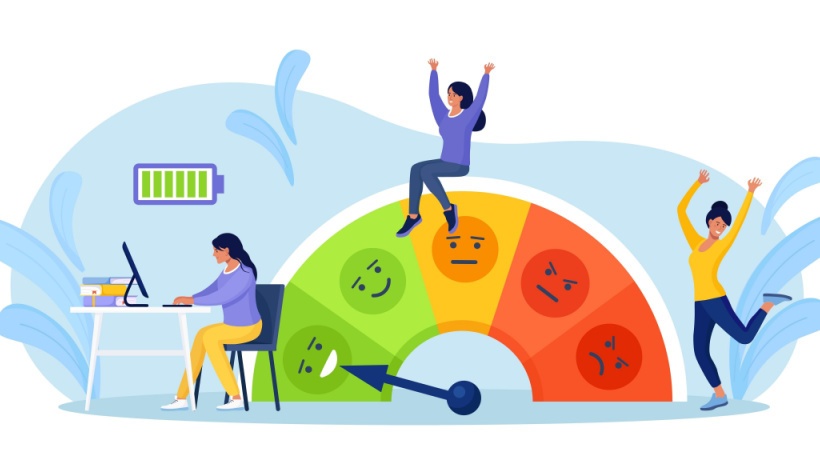Strategies To Keep Employees Engaged That You Need To Know
Strategies to keep employees engaged are at the heart of any successful organization. Truly engaged employees do two things:
- They bring passion to the workplace. They are in unison with the core purpose of the organization.
- They are highly productive, i.e. the organizations achieve higher equity strength with the employees.
While 89% of employers believe their employees leave them for more money, only 12% actually do (Officevibe). Highly engaged employees are 38% more likely to have above-average productivity levels. (Workplace Research Foundation). They are also responsible for 80% customer satisfaction (The Macleod Report).
In this article, I'll outline 3 proven strategies that businesses can adapt to develop employee engagement culture.
1. Information
Believe me—it all starts here! Employees want to know what’s going on. Your staff wants to know about the organization, typical movements, strategic direction. Even if you have a very junior staff and think that such junior staff are not interested or they won’t understand.
That's not true.
When the organisation is small and teams are small, business leaders must develop the culture of information exchange. The seed of information exchange must begin here. As the company grows, information gaps seep in. Virtual working, multi-discipline teams, cross-functional teams, reorganizations give rise to enormous information gaps.
Employees need to know what’s going on—especially during times of company growth or fluctuation. Information is critical to employee satisfaction & performance.
92% of employees will work harder if they know their company’s goals - Betterworks Employee Sentiment
This means that information leads to ownership.
4 Simple Questions To Answer
- Goals: Where are we going? This gives a sense of direction to the employees, they know where we are heading. They can evaluate if their personal growth trajectory is aligned with the organizational direction.
- Plans: What are we doing to get there? This gives tangible steps that the organisation is going to take to reach the goals.
- Roles: How can I contribute? This provides their own involvement in achieving the goals.
- Rewards: What's in it for me? How they will be incentives, rewarded on the way.
2. Social Community
Today’s workplace is also a community. Your employees like to connect and be gratified by colleagues, even by people who are remotely unconnected. Employees want to connect the dots, they want to know how their works are affecting the overall growth of the organization.
Social and collaborative tools are one of the top learning technology priorities. This type of learning technique is particularly attractive for the Gen Y (Millennials) workers at the workplace. The needs and demands for a more social learning experience will increase exponentially, as such tools and modalities have been a part of this generation’s DNA.
Research by Deloitte suggests that employee engagement has additional categories such as wellness, engagement measurement, learning and more. Hence, Learning Management Systems cannot just deliver learning content, they also need to engage on other parameters. Employee engagement is more than just benefits and perks; it’s about getting your employees to put their hearts and minds into the work they do each day.
3. Balance Of Inward And Outward Focus
Most organizations struggle with the inward focus employees. The teams are very much aware of what's going on in the company, provided if the point 1 and point 2 are followed.
So, most organizations do a good job of sharing information about:
- Company plans and progress
- Additions/subtractions to the team
- Small and large wins
- Changes to company policy & norms
- Needed areas for improvement
All the above aspects are very much inward-focused. These pieces of information although good, they only provide a uni-dimensional knowledge of the company.
Outward-focused aspects must be brought to the knowledge of the employees.
Competitor information - employees must know where they stand amongst the competitors, what they are doing well, and what are the things they need to improve. Competitor understanding is not always about competition, aka Microsoft vs Apple; sometimes such knowledge gives rise to healthy, innovation-oriented culture.
Industry information - it is prudent for the employees to know the latest updates in the industry they are operating. Every industry has its own dynamics that also affects the employees' career lifecycle.
Do you want to improve employee engagement at your workplace? Let me know.









